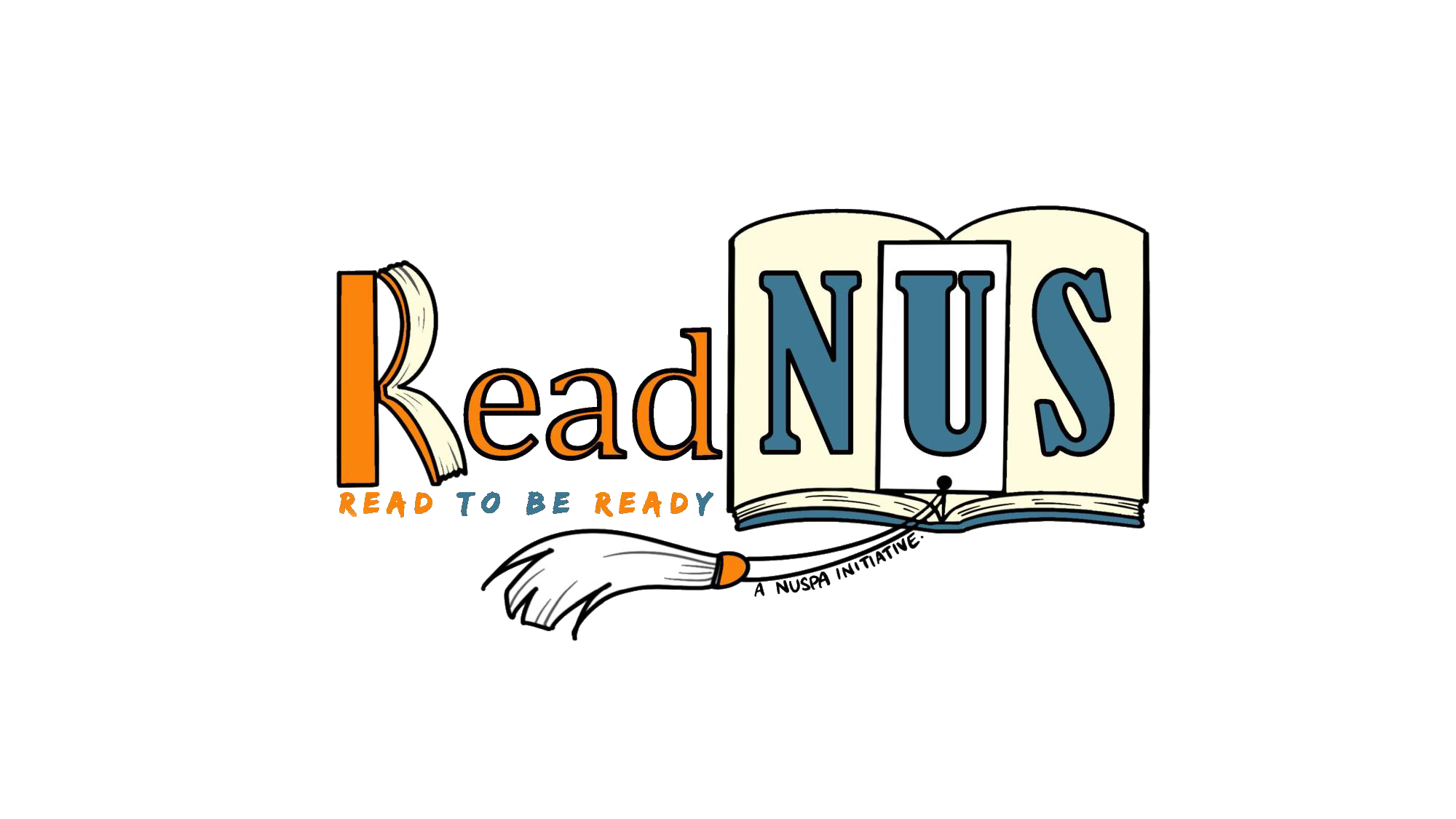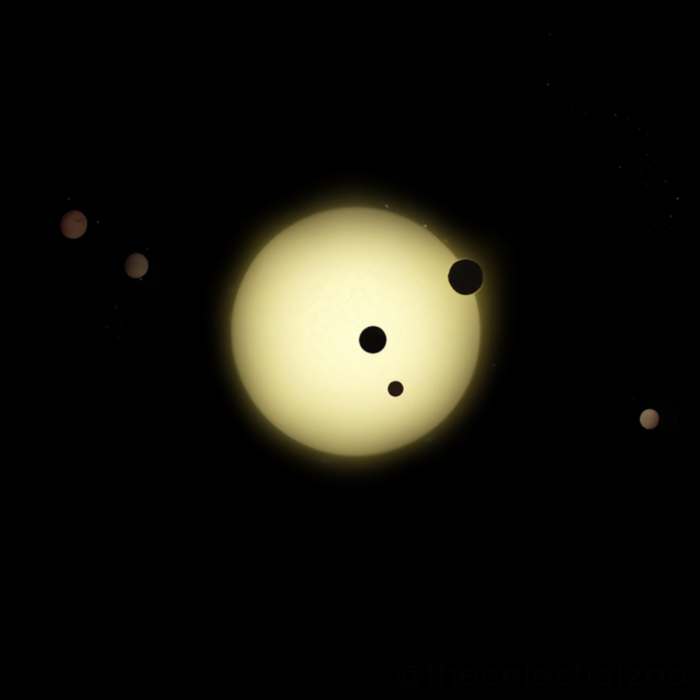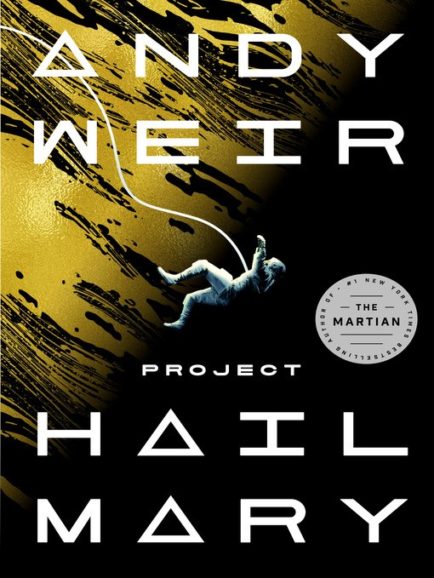Book Review: Project Hail Mary
Note: This review will contain heavy spoilers for the book
The first literary science fiction book I ever read was The Mote in God’s Eye jointly written by Jerry Pournelle and Larry Niven. My previous experience of the genre had been restricted to flashy blockbusters and their associated spin-off content. The book was my first exposure to written science fiction, which I have been a lifelong fan of ever since.
It also left me a sucker for first-contact stories describing encounters between humans and alien species. Project Hail Mary shares many flaws with The Mote in God’s Eye writing in that some parts are jargon filled, the narrative perspective is often clunky, and stereotypes are also abound. However, it also shares one key feature that makes it one of my personal favourites-it humanizes a truly alien race. The book is a must-read for any fans of the science fiction genre, and in particular any fans of The Martian who wish to see Andy Weir return to form.
The Martian was an unusual book in that it was self-published on the internet and marketed towards an online community, only acquiring mainstream fame after a movie adaptation that brought its author to the mainstream. His second book Artemis was wildly dismissed as both tone deaf and poorly characterised. In a sense, Project Hail Mary is a return to form for the author; like The Martian it features a hyper competent astronaut protagonist jerry-rigging knowledge from a broad range of scientific fields to solve seemingly impossible problems. It does flip the problem however with our character’s main goal being not so much the survival of himself as in the original Martian, but that of our species. A considerable escalation of stakes even in a genre known for having sequels suffers from that problem. It appears our sun has been infected by a plague called Astrophage, which steals energy from the sun. Unless our character accomplishes his goal, the virus will permanently reduce the brightness of the sun, trapping earth in a perpetual ice-age. The mechanics and biology of this is explained in detail over the course of the novel. If this sounds intriguing it is advisable to immediately put down this review and start reading the book! On the other hand, this perhaps not the book for you if it sounds like nonsense.
It is lucky that Weir chooses to escalate the stakes because Dr Ryland Grace, our hapless protagonist, is in many respects an empty vessel for us to insert ourselves into. His backstory is revealed by a series of flashbacks, which does little more than explain how our character ended up stranded in a spacecraft with no knowledge of operating it or clear training to be do so. All other human characters are similarly featured only in flashbacks, with their characterisation being described more than shown. Weir unfortunately traffics in stereotypes in creating these characters, even if those stereotypes are mostly positive. The only other human of note is Eva Stratt, a fanatical bureaucratic willing to do any morally dubious action to ensure the success of the project. Eva is an interesting character willing to bully or coerce anyone to ensure the survival of our species; however, she is unfortunately robbed of any depth by a last-minute twist turning her into a simple villain. All in all, the humans of the novel suffer from the same flaws that have plagued Weir’s previous work. They are slightly improved from the Martian but remain rather disappointing.
These criticisms however do not apply to the one alien character, Rocky. From the moment we encounter him at the start, he is by far the star of the show. A Labrador rock-based lifeform from a planet that is 200 degrees and covered with ammonia seems an unlikely friend to our protagonist. The growing bromance between us(as previously stated, Ryland Grace is simply a vessel for us to project ourselves into) and the strange alliance between the characters is by far the best part of the novel. The parts of the novel involving both our main characters bonding are excellent and by the end of it, you might even feel that Rocky is the real starr of the show. His race avoids the traditional science fiction stereotypes of aliens being either inferior or superior to humans-they are merely different.
The core of the book revolves around technical conflict. Our character wakes up in a medical bay with no memory or sense of place. In a few days using simple physics, he is able to deduce that he is the sole survivor of a spacecraft mission designed to find the data required to save humanity from the impending apocalypse caused by the Astrophage plague. The Astrophage serves as a convenient deus ex machina for the power source required to keep the rest of the story grounded in realism, with most of the conflict of the novel based on solving the technical problems that come with it. Over the course of the story, our character goes from constructing a pendulum to determine his location in a space station to building a bioreactor required to create the bacteria that would save humanity. Similar to the storyline in The Martian, our character seems to be a savant in all these fields, and critics might say that it is simply power fantasy; however, I am of the opinion that power fantasies are fun to read.
Narratively, the story is clunky, as two parallel arcs are weaved together in one with a part describing our character in space and the other part framed as flashbacks as our character regains his memory. The parts of the story set on earth are poorly plotted, with vaguely grandiose plans involving too many perfect coincidences that strains everyone’s sense of disbelief. None of the characters appearing on Earth bear much importance to the actual main plot involving our character in the ship. The mystery element is amusing and does add some tension at the start which the story quickly exhausts. A final twist, while scientifically well foreshadowed and fitting, gives the story’s ending an incomplete feel that the epilogue does not seem fully comfortable in wrapping up. It is an intriguing read and I was hooked on the book from the moment I started. Any fans of the science fiction genre and in particular Weir’s previous work would be well advised to give this a read, but others more hesitant of the genre may find this rather skippable. My personal love for the book does not blind me to the fact that it is not for everyone.
By Zubin Jain
ReadNUS Contributor
Project Hail Mary is available on Amazon, and copies can also be borrowed on NLB Overdrive.



